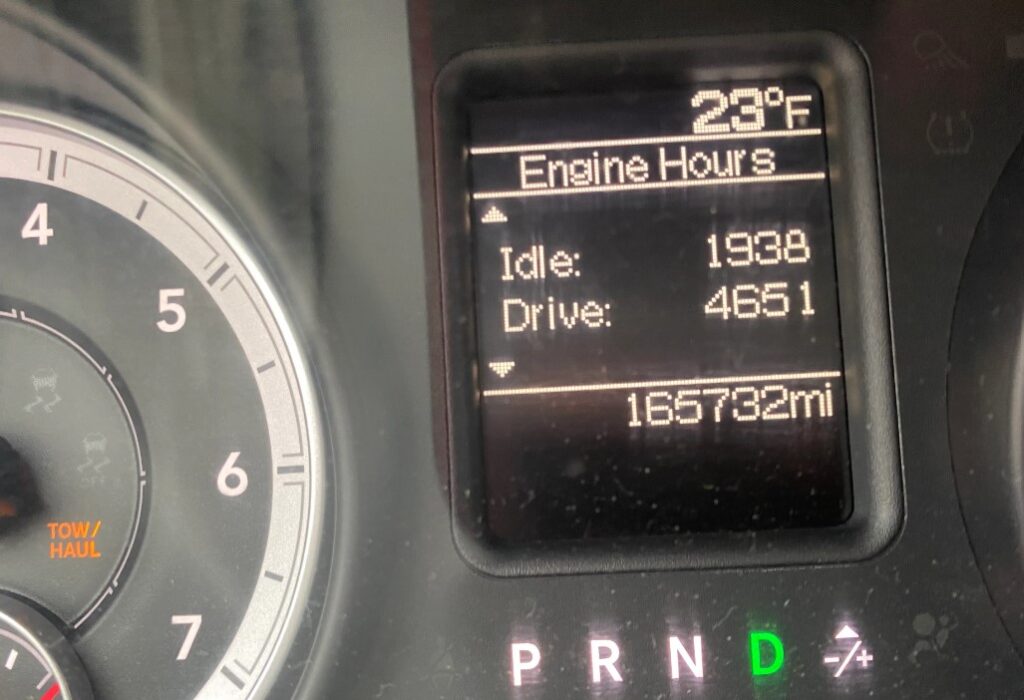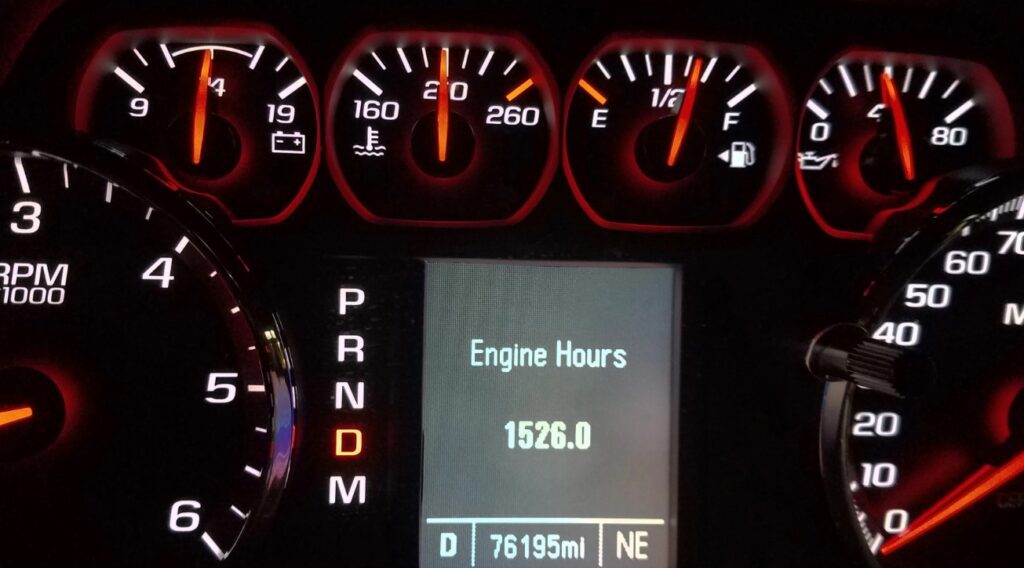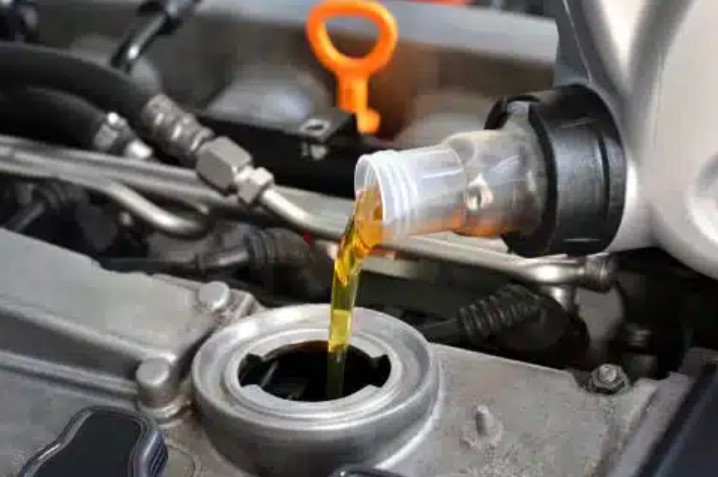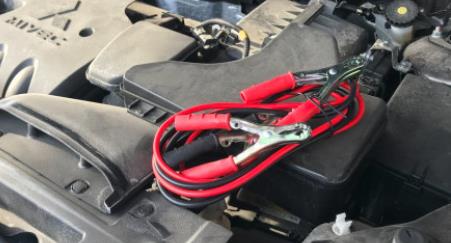Is 5000 Engine Hours A Lot? Quick Answer
When discussing the lifespan and reliability of machinery, Is 5000 Engine Hours A Lot? This question often arises among industry professionals and equipment owners. Engine hours, a critical metric for assessing the usage and wear of machinery, serve as a key indicator of an engine’s remaining lifespan. The significance of 5000 engine hours varies depending on several factors, including maintenance practices, type of use, and the specific machinery involved.
Key Takeaways
- Understanding engine hours and their impact on machinery lifespan.
- Factors influencing the significance of 5000 engine hours.
- Maintenance practices and their role in extending engine life.
- Comparing engine hours with mileage in vehicles.
- Real-world implications of 5000 engine hours.
Is 5000 Engine Hours A Lot?
Yes, 5000 engine hours is generally considered a lot for most types of machinery and vehicles, as it indicates significant use and potential wear. However, the impact varies depending on factors like the type of engine, its maintenance history, and the conditions in which it has been used.

The Significance of Engine Hours
5000 engine hours represents a substantial amount of use for most machinery. However, the impact of these hours can differ greatly depending on the context.
For heavy-duty equipment and industrial machinery, 5000 hours might be considered mid-life, whereas, for smaller, less robust engines, this could signify nearing the end of its operational life.
Contextual Analysis
- Type of Machinery: Larger, industrial machines are designed for longer operational lives, making 5000 hours less significant.
- Usage Patterns: Frequent, intense use can accelerate wear and tear compared to moderate, consistent usage.
Maintenance and Its Impact
The Role of Regular Maintenance
Consistent and thorough maintenance can significantly extend the life of an engine beyond 5000 hours. Proper care involves regular oil changes, filter replacements, and addressing minor issues before they escalate.
Maintenance Practices to Prolong Engine Life
- Scheduled Check-ups: Adhering to the manufacturer’s recommended maintenance schedule.
- Quality Parts and Fluids: Using high-grade replacements and lubricants.
Engine Hours vs. Mileage

Understanding the Difference
For vehicles, engine hours and mileage offer different insights. Mileage indicates the distance traveled, while engine hours reflect the total operational time, including idling and low-speed operations.
Comparative Analysis
- Highway vs. City Use: Vehicles with high mileage but fewer engine hours may have been used mainly on highways, suggesting less wear.
- Idling Impact: High engine hours with lower mileage could indicate extensive idling or low-speed operation, which affects engine conditions differently.
Real-World Implications
Practical Considerations
In real-world scenarios, understanding the implications of 5000 engine hours helps in making informed decisions about purchasing, maintaining, and replacing machinery.
Case Studies
- Construction Equipment: Often operates under strenuous conditions, making engine hours a critical factor.
- Agricultural Machinery: May have lower operational intensity, allowing for longer life even after 5000 hours.
Assessing the True Value
Beyond the Numbers
Evaluating the true value of machinery with 5000 engine hours requires looking beyond the number itself. Factors like maintenance history, operational conditions, and type of usage provide a more complete picture.
Key Considerations
- Maintenance Records: Indicate how well the engine has been cared for.
- Operational Environment: Harsh conditions accelerate wear, regardless of hours.
Industry Perspectives

Expert Opinions
Industry professionals often have varying views on what constitutes “a lot” of engine hours. These opinions are shaped by experiences in different sectors and with various types of machinery.
Industry Standards
- Construction and Mining: Have higher thresholds for engine hours due to robust machinery design.
- Agriculture: May view lower engine hour thresholds as significant due to different operational demands.
Evaluating Engine Longevity
The Concept of Engine Longevity
Understanding the concept of engine longevity is crucial when assessing if 5000 engine hours are significant. Engine longevity refers to the duration an engine performs effectively without major repairs.
This is influenced by design, usage, and maintenance. Engines in commercial vehicles and heavy machinery are typically designed to withstand more hours of operation compared to those in light-duty vehicles.
Factors Affecting Engine Life
- Engine Design and Quality: Engines built with high-quality materials and advanced designs tend to last longer.
- Operational Stress: Engines subjected to less stress, like those in equipment used for light tasks, usually have a longer lifespan.
Advanced Maintenance Strategies
Implementing Predictive Maintenance
Advancements in technology have led to predictive maintenance strategies that can extend the life of an engine beyond 5000 hours. This involves using sensors and data analytics to predict and prevent failures before they occur.
Benefits of Advanced Maintenance
- Reduced Downtime: Preventive actions mean fewer unexpected breakdowns.
- Cost Efficiency: Minimizes the need for major repairs, extending engine life and saving money in the long run.
Engine Hours in Different Industries

Heavy Industry vs. Light Applications
The relevance of 5000 engine hours varies across industries. In heavy industries like mining or construction, engines are built to endure more hours. In contrast, in light applications such as small boats or lawn equipment, 5000 hours might indicate the engine is nearing its end of life.
Industry-Specific Expectations
- Marine Engines: Often operate under constant load, which can reduce their lifespan compared to engines used intermittently.
- Agricultural Engines: Tend to have a longer life due to seasonal use and generally less strenuous conditions.
Technological Advancements and Engine Life
Impact of Modern Technologies
Modern engines equipped with advanced technologies tend to have longer lifespans. Innovations in engine design, fuel efficiency, and emission control contribute to prolonged engine health, potentially making 5000 hours less significant than in older models.
Examples of Technological Improvements
- Fuel Injection Systems: Improve efficiency and reduce wear.
- Emission Control Systems: Reduce internal contamination and engine wear.
User Practices and Their Effects
Importance of Operator Practices
The way an operator uses and handles machinery plays a crucial role in determining how long an engine lasts. Proper operation, avoiding unnecessary idling, and adhering to load recommendations can significantly extend an engine’s life.
Best Operating Practices
- Avoiding Excessive Idling: Reduces unnecessary engine hours.
- Adhering to Load Limits: Prevents overstressing the engine.
Environmental Factors and Engine Wear

Role of the Operating Environment
The environment in which machinery operates significantly impacts engine life. Harsh conditions like extreme temperatures, dust, and moisture can accelerate wear, making 5000 hours more critical in such settings.
Environmental Considerations
- Temperature Extremes: Can stress engine components.
- Dust and Moisture: Increase the need for frequent maintenance.
Future Trends in Engine Design
Innovations Shaping the Future
Emerging trends in engine design focus on sustainability, efficiency, and durability. Electric engines and hybrid models, for instance, are changing the landscape of what constitutes high usage and wear.
Anticipated Changes
- Electric Engines: Offer different maintenance and longevity metrics compared to traditional combustion engines.
- Hybrid Technologies: Combine the benefits of electric and combustion engines, potentially impacting the significance of engine hours.
How Many Miles Is 1 Engine Hour?
The conversion of engine hours to miles is not straightforward, as it varies depending on the type of vehicle and its usage. Generally, one engine hour is often equated to approximately 30 miles for average vehicles.
However, this can vary significantly. For heavy-duty vehicles and machinery, which often operate at lower speeds or idle, this number could be much lower. Conversely, vehicles predominantly used on highways at steady speeds might equate one engine hour to a higher mileage.
Are High Engine Hours Bad?
High engine hours are not inherently bad but can be indicative of potential wear and tear. The impact of high engine hours depends on several factors, including the type of engine, how it has been used, and its maintenance history.

For example, engines in industrial or commercial settings are designed for longer operational hours and may not be significantly affected by higher engine hours. In contrast, for light-duty engines or vehicles used in harsh conditions, high engine hours could signal a need for more frequent maintenance or potential replacement.
What Is The Average Idle Hours Per Mileage?
The average idle hours per mileage vary greatly depending on the vehicle type and its operational environment. For instance, vehicles used in urban settings with frequent stops, like city buses or delivery trucks, tend to have higher idle hours per mile compared to those used primarily on highways.
On average, a vehicle might accumulate about 25 to 30 minutes of idle time per 100 miles driven, but this is highly dependent on the specific use case. In heavy machinery or industrial vehicles, the ratio of idle hours to mileage can be even higher due to the nature of their use in construction, mining, or agriculture.
Conclusion
In conclusion, 5000 engine hours can be a lot, but its true significance depends on several factors. It’s essential to consider the type of machinery, usage patterns, maintenance history, and operational conditions. These elements, combined with industry insights, provide a comprehensive understanding of what 5000 engine hours mean in a practical context.
People Also Ask
How Reliable are Engines with Over 5000 Hours in the Second-Hand Market?
The reliability of engines with over 5000 hours in the second-hand market depends on their maintenance history, type of use, and the operational environment they were subjected to. Well-maintained engines used in favorable conditions can still be reliable, whereas poorly maintained engines or those used in harsh conditions might be less dependable.
What is the Impact of Idling on Engine Hours?
Idling has a significant impact on engine hours. Extensive idling contributes to increased engine hours without corresponding mileage, potentially leading to unnecessary wear. Proper operation practices, like avoiding excessive idling, can help maintain engine health.
How Do Modern Technological Advances Affect Engines Approaching 5000 Hours?
Modern technological advances in engine design, such as improved fuel efficiency and emission control systems, can enhance engine durability and performance. These innovations may make 5000 engine hours less significant in terms of wear and maintenance needs.
Does the Operational Intensity Impact the Lifespan of an Engine with 5000 Hours?
Yes, the operational intensity greatly impacts engine lifespan. Engines used in high-stress applications, like construction or mining, may experience more wear and tear at 5000 hours compared to those used in less strenuous conditions.
How Does the Operational Environment Affect Engine Life at 5000 Hours?
Harsh operating environments can accelerate engine wear. Conditions like extreme temperatures, dust, and moisture can stress engine components, making 5000 hours more critical in such settings.

Welcome to the exhilarating world of Matt Rex, a professional car racer turned renowned vehicle enthusiast. Immerse yourself in his captivating blog as he shares heart-pounding adventures, expert reviews, and valuable insights on cars, trucks, jets, and more. Fuel your passion for speed and discover the beauty of vehicles through Matt’s engaging stories and meticulous expertise. Join the ever-growing community of enthusiasts who find inspiration and expert advice in Matt Rex’s blog—a digital hub where the thrill of speed meets the pursuit of knowledge.





![Can You Use 15w40 Diesel Oil In A Gas Engine? [Answered]](https://www.turbochaos.com/wp-content/uploads/2023/09/Can-You-Use-15w40-Diesel-Oil-In-A-Gas-Engine.jpg)

